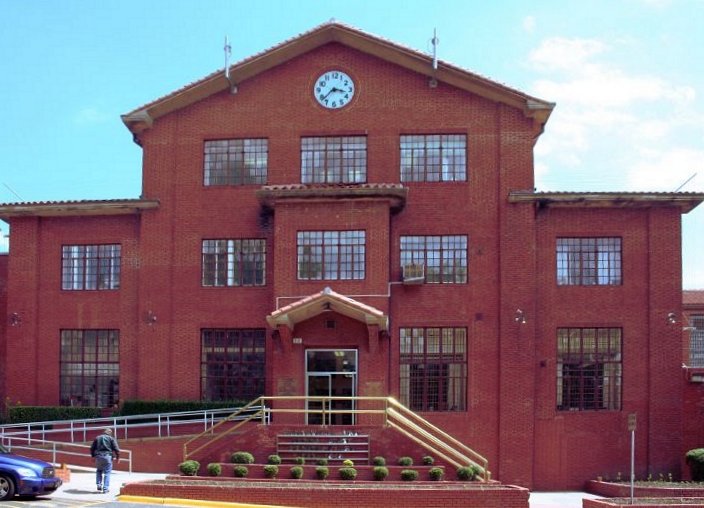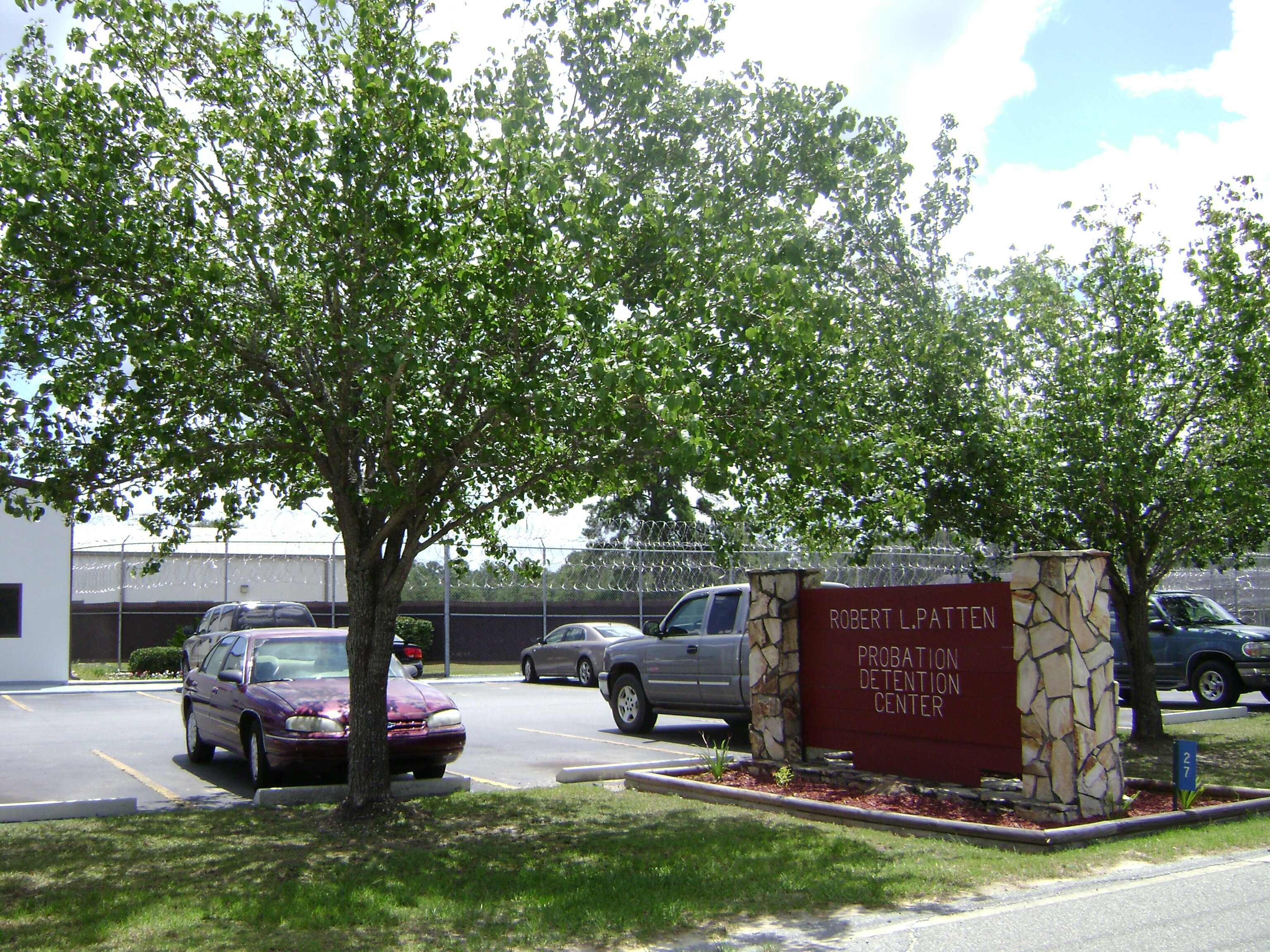|
Law Of North Dakota
The North Dakota Century Code is the collection of all the statutes passed by the North Dakota Legislative Assembly since the state's admission to the Union. It also includes the North Dakota Constitution. The numbering system for the Century Code is a three-part number, with each part separated by a hyphen. The first part refers to the title, the second to the chapter, and the third to the section. For example, Section 54-35-01 refers to the first section in Chapter 35 of Title 54 (the section deals with the legislative management of the North Dakota Legislative Assembly). The decimal point system is used to designate sections that have been inserted between two consecutively numbered sections. For example, Title 12 deals with Corrections, Parole, and Probation, while Title 13 deals with Debtor and Creditor Relationship. The state Criminal Code A criminal code (or penal code) is a document that compiles all, or a significant amount of a particular jurisdiction's criminal law. ... [...More Info...] [...Related Items...] OR: [Wikipedia] [Google] [Baidu] |
Statute
A statute is a formal written enactment of a legislative authority that governs the legal entities of a city, state, or country by way of consent. Typically, statutes command or prohibit something, or declare policy. Statutes are rules made by legislative bodies; they are distinguished from case law or precedent, which is decided by courts, and regulations issued by government agencies. Publication and organization In virtually all countries, newly enacted statutes are published and distributed so that everyone can look up the statutory law. This can be done in the form of a government gazette which may include other kinds of legal notices released by the government, or in the form of a series of books whose content is limited to legislative acts. In either form, statutes are traditionally published in chronological order based on date of enactment. A universal problem encountered by lawmakers throughout human history is how to organize published statutes. Such publications h ... [...More Info...] [...Related Items...] OR: [Wikipedia] [Google] [Baidu] |
North Dakota Legislative Assembly
The North Dakota Legislative Assembly is the state legislature of the U.S. state of North Dakota. The Legislative Assembly consists of two chambers, the lower North Dakota House of Representatives, with 94 representatives, and the upper North Dakota Senate, with 47 senators. The state is divided into 47 constituent districts, with two representatives and one senator elected from each district. Due to the Legislative Assembly being a biennial legislature, with the House and Senate sitting for only 80 days in odd-numbered years, a Legislative Council oversees legislative affairs in the interim periods, doing longer-term studies of issues, and drafting legislation for consideration of both houses during the next session. Members of both houses are limited to two four-year terms starting January 2023. Prior to this, members were elected without term limits. The Legislative Assembly convenes in the west chamber of the 19-story Art Deco state capitol building in Bismarck. Constit ... [...More Info...] [...Related Items...] OR: [Wikipedia] [Google] [Baidu] |
United States
The United States of America (U.S.A. or USA), commonly known as the United States (U.S. or US) or America, is a country primarily located in North America. It consists of 50 states, a federal district, five major unincorporated territories, nine Minor Outlying Islands, and 326 Indian reservations. The United States is also in free association with three Pacific Island sovereign states: the Federated States of Micronesia, the Marshall Islands, and the Republic of Palau. It is the world's third-largest country by both land and total area. It shares land borders with Canada to its north and with Mexico to its south and has maritime borders with the Bahamas, Cuba, Russia, and other nations. With a population of over 333 million, it is the most populous country in the Americas and the third most populous in the world. The national capital of the United States is Washington, D.C. and its most populous city and principal financial center is New York City. Paleo-Americ ... [...More Info...] [...Related Items...] OR: [Wikipedia] [Google] [Baidu] |
North Dakota Constitution
The Constitution of North Dakota is the most basic legal document in the U.S. state of North Dakota. It consists of a preamble and fourteen articles. Amendments to the North Dakota Constitution have always required the approval of a majority of voters. Between 1889 and 1914, the power to propose amendments to the Constitution rested with the North Dakota Legislative Assembly. In 1914, the voter constitutional initiative was introduced, and between 1914 and 2012, 74 initiated amendments were considered by North Dakota voters. In recent years, North Dakota's constitution has been amended several times. Among these amendments was a 2012 revision to legally mandate the administration of oaths to state officers. In 2016, North Dakota voters guaranteed certain rights to crime victims. In 2018, the voters added a new article creating an ethics commission responsible for adopting rules relating to transparency, corruption, elections, and lobbying, and for investigating alleged violations ... [...More Info...] [...Related Items...] OR: [Wikipedia] [Google] [Baidu] |
Corrections
In criminal justice, particularly in North America, correction, corrections, and correctional, are umbrella terms describing a variety of functions typically carried out by government agencies, and involving the punishment, treatment, and supervision of persons who have been convicted of crimes. These functions commonly include imprisonment, parole, and probation. Bryan A. Garner, editor, ''Black's Law Dictionary'', 9th ed., West Group, 2009, , 0-314-19949-7, p. 396 (or p. 424 depending on the volume) A typical ''correctional institution'' is a prison. A ''correctional system'', also known as a ''penal system'', thus refers to a network of agencies that administer a jurisdiction's prisons, and community-based programs like parole, and probation boards. This system is part of the larger criminal justice system, which additionally includes police, prosecution and courts. Jurisdictions throughout Canada and the US have ministries or departments, respectively, of corrections, co ... [...More Info...] [...Related Items...] OR: [Wikipedia] [Google] [Baidu] |
Parole
Parole (also known as provisional release or supervised release) is a form of early release of a prison inmate where the prisoner agrees to abide by certain behavioral conditions, including checking-in with their designated parole officers, or else they may be rearrested and returned to prison. Originating from the French word ''parole'' ("speech, spoken words" but also "promise"), the term became associated during the Middle Ages with the release of prisoners who gave their word. This differs greatly from pardon, amnesty or commutation of sentence in that parolees are still considered to be serving their sentences, and may be returned to prison if they violate the conditions of their parole. Modern development Alexander Maconochie, a Scottish geographer and captain in the Royal Navy, introduced the modern idea of parole when, in 1840, he was appointed superintendent of the British penal colonies in Norfolk Island, Australia. He developed a plan to prepare them for event ... [...More Info...] [...Related Items...] OR: [Wikipedia] [Google] [Baidu] |
Probation
Probation in criminal law is a period of supervision over an offender, ordered by the court often in lieu of incarceration. In some jurisdictions, the term ''probation'' applies only to community sentences (alternatives to incarceration), such as suspended sentences. In others, probation also includes supervision of those conditionally released from prison on parole. An offender on probation is ordered to follow certain conditions set forth by the court, often under the supervision of a probation officer. During the period of probation, an offender faces the threat of being incarcerated if found breaking the rules set by the court or probation officer. Offenders are ordinarily required to maintain law-abiding behavior, and may be ordered to refrain from possession of firearms, remain employed, participate in an educational program, abide a curfew, live at a directed place, obey the orders of the probation officer, or not leave the jurisdiction. The probationer might be ordere ... [...More Info...] [...Related Items...] OR: [Wikipedia] [Google] [Baidu] |
Criminal Code
A criminal code (or penal code) is a document that compiles all, or a significant amount of a particular jurisdiction's criminal law. Typically a criminal code will contain offences that are recognised in the jurisdiction, penalties that might be imposed for these offences, and some general provisions (such as definitions and prohibitions on retroactive prosecution). Criminal codes are relatively common in civil law jurisdictions, which tend to build legal systems around codes and principles which are relatively abstract and apply them on a case-by-case basis. Conversely they are not as common in common law jurisdictions. The proposed introduction of a criminal code in England and Wales was a significant project of the Law Commission from 1968 to 2008. Due to the strong tradition of legal precedent in the jurisdiction and consequently the large number of binding legal judgements and ambiguous 'common law offences', as well as the often inconsistent nature of English law, ... [...More Info...] [...Related Items...] OR: [Wikipedia] [Google] [Baidu] |
North Dakota Law
North is one of the four compass points or cardinal directions. It is the opposite of south and is perpendicular to east and west. ''North'' is a noun, adjective, or adverb An adverb is a word or an expression that generally modifies a verb, adjective, another adverb, determiner, clause, preposition, or sentence. Adverbs typically express manner, place, time, frequency, degree, level of certainty, etc., answering ... indicating Direction (geometry), direction or geography. Etymology The word ''north'' is etymology, related to the Old High German ''nord'', both descending from the Proto-Indo-European language, Proto-Indo-European unit *''ner-'', meaning "left; below" as north is to left when facing the rising sun. Similarly, the other cardinal directions are also related to the sun's position. The Latin word ''borealis'' comes from the Ancient Greek, Greek ''Anemoi#Boreas, boreas'' "north wind, north", which, according to Ovid, was personified as the wind-god Anemoi#Bore ... [...More Info...] [...Related Items...] OR: [Wikipedia] [Google] [Baidu] |




